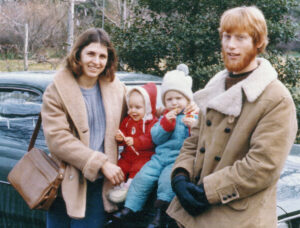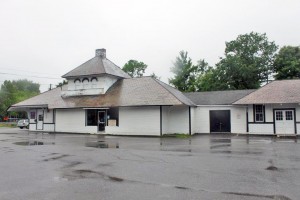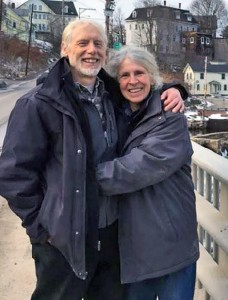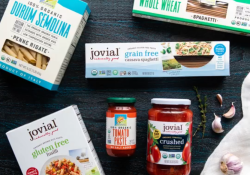Our 40th Anniversary Celebration Continues! Every month, we’ll post another story and photos from some of our long time Co-opers. Here’s another contribution to our historical archive from Jeremy Singley. Jerry and Pauline Singley are long time Co-op members, starting from when we were just a fledgling buying club. They were instrumental in helping acquire and renovate the original Co-op Storefront at the Old Train Depot on Seymour Street. Listen to what Jerry has to say about their history with the Co-op and our metamorphosis into the much larger and successful organization that we’ve become.

A History with the Co-op from Jeremy Singley
Pauline and I joined the Middlebury Natural Foods Coop in 1974, not long after its debut. At the time the Coop was a sort of bulk foods buying club of like-minded folks. The group met monthly to engage in a friendly auction amongst themselves, each committing to purchase increasing or decreasing portions until their individual orders added up to, say, a whole wheel of cheese or a 50 pound bag of flour. These goods would then be ordered at wholesale rate, and stored in Jane and Marshall Eddy’s barn in Middlebury. Upon arrival the bulk goods were broken down into portions by a revolving body of member volunteers. Cheese wheels, for example, would be reduced to individually wrapped and labeled wedges and stacked in the group’s fridge. Members who had made purchases were encouraged to be timely in picking up their orders.
Over time sub-groups grew up in a number of vicinities, each overseen by a “coordinator.” Pauline and I represented the East Middlebury/Salisbury region, at which time I also became a Coop Board member. By then the group had grown large enough that meetings were no longer necessary. In lieu of meetups, members filled out a monthly “pre-order” form. The total number of members in all the sub-groups combined guaranteed that enough food would be pre-ordered in any given month to support bulk purchases. There were scraps left over of course—a wedge of cheddar, for example—but the selections that were on offer in those early days were goods that would keep until the next order, at which time they could be offered again. Or that was the theory.
Two issues cropped up.
- The first was the leftover problem. That didn’t always work out. Plus, members craved a wider selection, but how do you handle, say, lettuce, on a long-term basis. So [Board member?] Charles Adams rented the abandoned train station on Seymour Street and started a “store front.” Now anyone could walk in and buy, not only that orphan cheddar wedge, but a growing list of new direct-sale offerings, displayed in bins and buckets with spunky hand-written labels.
- The second problem was the work we coordinators had to do. We were in charge of sending out the order sheets, tallying the members’ orders, bulk ordering, rousting up four or five volunteers and setting up a “breakdown” day—where the bulk goods would be re-packaged to fill the individual member orders—hanging around until all the member orders had been picked up, and then delivering or storing the ones that weren’t.

When the store front had matured to the point that it offered everything the pre-orders did, and more, available throughout the month, I published a suggestion that we terminate pre-order and just focus on the store. This was not at first a popular idea. Many members enjoyed the camaraderie of the breakdowns and the whole-earth feel of the process. But the majority realized they preferred to be able to buy what they wanted when they wanted. So Charlie, myself and a stalwart crew of volunteers tore into the train station, replacing the floor, improving the lighting, building shelves and, eventually, even installing a walk-in fridge! The budget was tight. We’d begun with a tackle box as our cash exchange. Then one of those old Ka-ching! cash registers turned up from somewhere. I built a checkout counter in my woodshop.
The store grew so fast it was decided a digital cash register was needed to help keep track of the flow. This was a big deal. The board did not have that much to spend. But I had an idea. After checking with my bank, I approached a number of members—mostly respected business owners—and asked if they would counter-sign a loan. They all agreed. The cash register was in.
When the store outgrew the station and moved to its present location (but much smaller than today!) my wooden counter went along. Eventually, so did our kids. In the late 80’s to early 90’s Gwen worked as cashier, stocker, and made intricate illustrated shelf labels. Emily also cashiered and stocked, as well as helping to manage the HABA (health and beauty aids) section, now called the Wellness Department.
My homemade checkout counter worked well for years, even as it was gradually surrounded by multiple factory-made counters and registers. Every time I walked in—as a shopper now, no longer a board member—that counter reminded me of the old days, and I was awed by how far Charlie’s brainchild had grown.
And I still marvel today.
Jeremy Singley
3/6/2016




